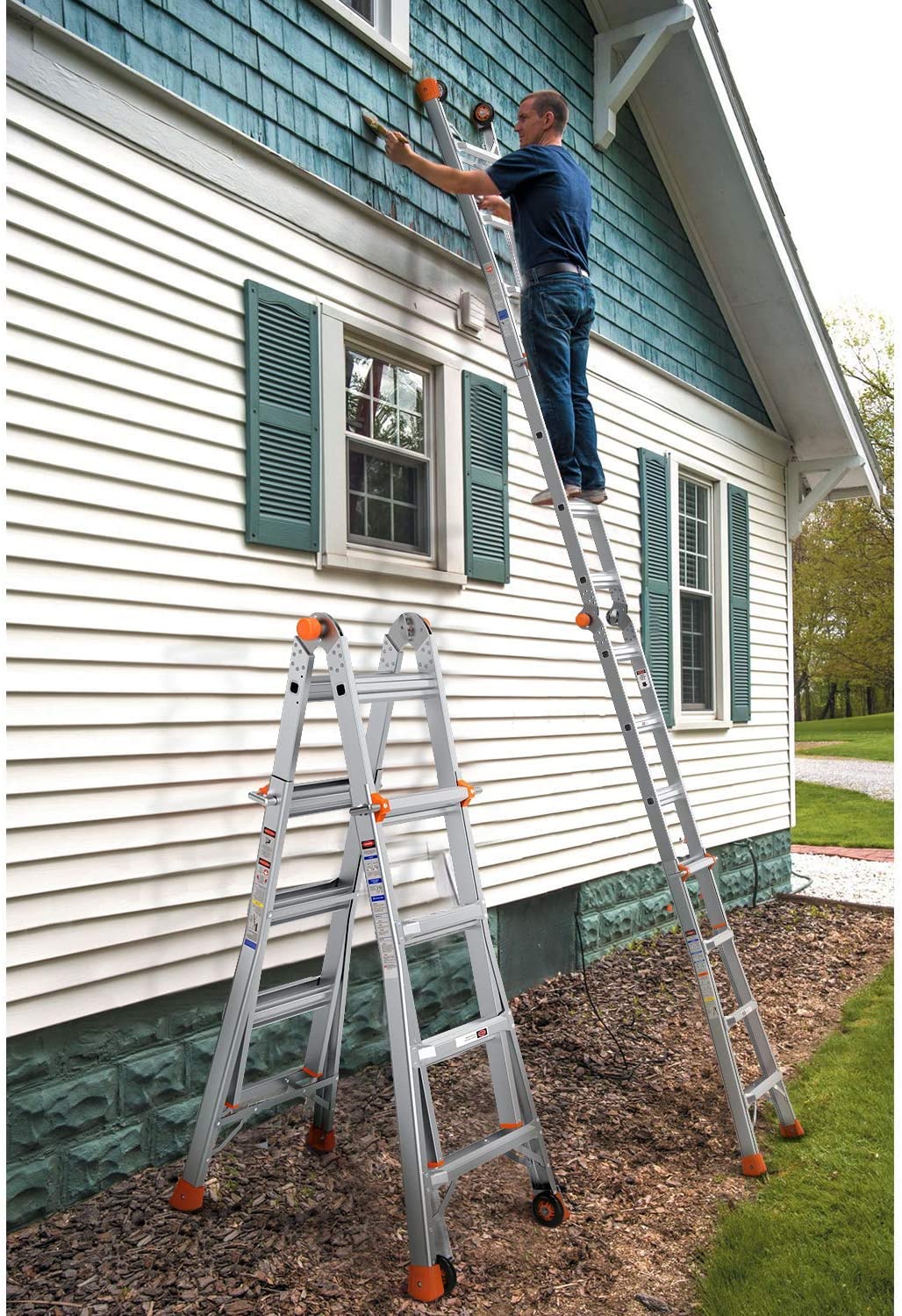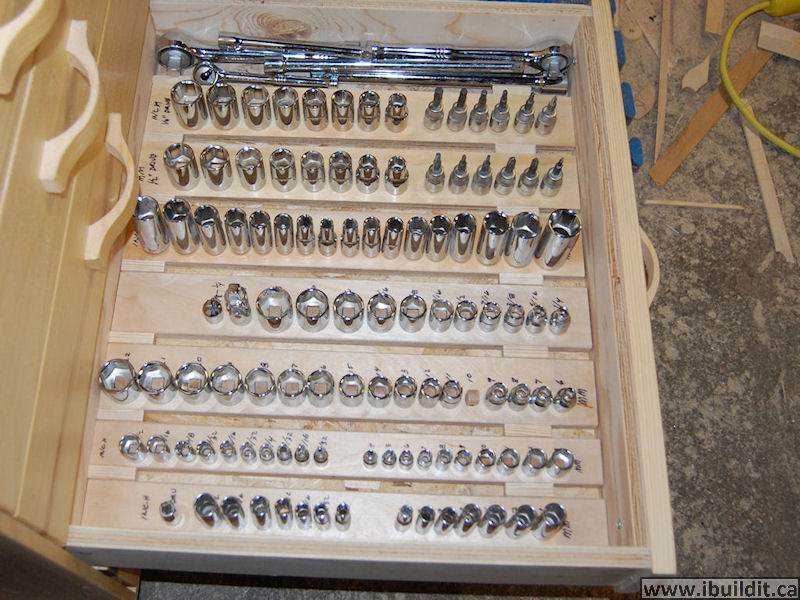If you’re washing moss off your roof, clearing leaves out of your gutter, or simply cleaning your windows, you might have to use an extension ladder. If so, be sure to observe the following safety measures in order to minimise your risk of falling and injuring yourself.
Preparing Your Work Environment
First, make sure the working conditions are safe. Working at height is risky at any time of year, but if you are working outdoors in high winds or heavy rain, it’s even riskier. You should also ensure the ladder is standing on firm, flat ground. If you have to work on an unstable surface, you can try and maximise stability with specialised rubber mats.
Choosing Your Ladder
When you’re satisfied with the working conditions, you then need to make sure you’re using the right ladder for the job. For most domestic work, an aluminium ladder will be fine.
However, if you’re working with electricity or near an overhead cable, you would be better off with a fibreglass ladder. This is because fibreglass is a non-conductive material, meaning you have a better chance of surviving any electrical discharge that hits the ladder.
Make sure you know how high you’ll be working: if you have to over-reach when you’re at the top of the ladder, you could unbalance and fall. Check the user manual to determine how high your ladder can reach.
Safety Inspection
When you’ve chosen your ladder, make sure it’s safe to use. A really thorough ladder inspection will ensure you aren’t in any danger from the ladder itself while you’re working. Check to see if the side rails, rungs, and feet are damaged in any way, and make sure the locking mechanisms work properly. You don’t want the ladder to suddenly give way beneath you while you’re working at height!
The safest course of action if you discover any defects is to buy a new ladder. Repairing it might sound tempting, but you could inadvertently cause further damage to the ladder.
If you’re only using an extension ladder for occasional domestic tasks, you will only need to inspect it when you use it. But make sure you do so each time: safety is key when working at height.
Along with the inspection, you should make sure you’re wearing proper clothing. Working at height for your job will necessitate hi-vis clothing and a safety helmet, as well as sturdy footwear. For domestic tasks, these are also useful, though you should also let someone know you will be working at height so that they can keep a watchful eye out for any emergencies.
Set Up
Once you are sure the ladder is both safe to use and being used in as safe an environment as possible, it’s time to set it up. For maximum stability, you should follow the ‘1 in 4’ rule: for every 4 feet of ladder height, extend the base 1 foot out from the wall.
When you know how high you need to go, extend the ladder fully before you prop it against the wall. You should not try to extend it while you’re standing on it – you could very easily unbalance and fall!
When the ladder is fully extended, ensure its upper resting point is strong. Avoid resting it against a weak surface like gutters or a windowsill. If you can, consider tying the ladder to the resting point for additional security. Otherwise, you can use a ladder stay. This will prop the ladder against your roof, for example, to help you avoid leaning against the gutter. It may also be worth using a stabiliser bar, if there is not already one available with the ladder.
Working Safely on a Ladder
Now that it’s all set up and ready to go, you can use your ladder! Maintaining three points of contact is one of the key techniques for safely using a ladder. These three points should ideally be two feet and a hand.
Wearing a tool belt can help keep a hand free while carrying, but if you haven’t got a spare hand while working, leaning on the ladder with your chest can help as a third point of contact.
Try to keep your centre of gravity between the ladder’s side rails, and face the rungs when you’re working. If you twist too far away from the rungs, or lean too far away from the side rails, you risk falling.
Make sure you don’t stand on the very top rung of your extension ladder – you should try to stay three or four rungs below the top. If you are struggling to reach the work site from your ladder, it is safer to reposition the ladder or get a longer one. Whatever you do, do not put your ladder on a platform to try and boost its height!
If you’re going to be carrying heavy objects, make sure you do not exceed the ladder’s upper weight limit. Some ladders have an upper weight limit of 150kg, which should be enough for most domestic tasks. Exceeding this runs the risk not only of unbalancing the ladder, but also damaging it by buckling the rungs.
Don’t rush when you’re up there. Working slowly and carefully will stop you from slipping or unbalancing. It’s safest not to stay on your ladder for too long, ideally no more than 30 minutes, but that doesn’t mean you should rush what you’re doing!
Safety is vital when working at height. Using your extension ladder properly will keep you safe and secure, and extend the lifespan of your ladder.






